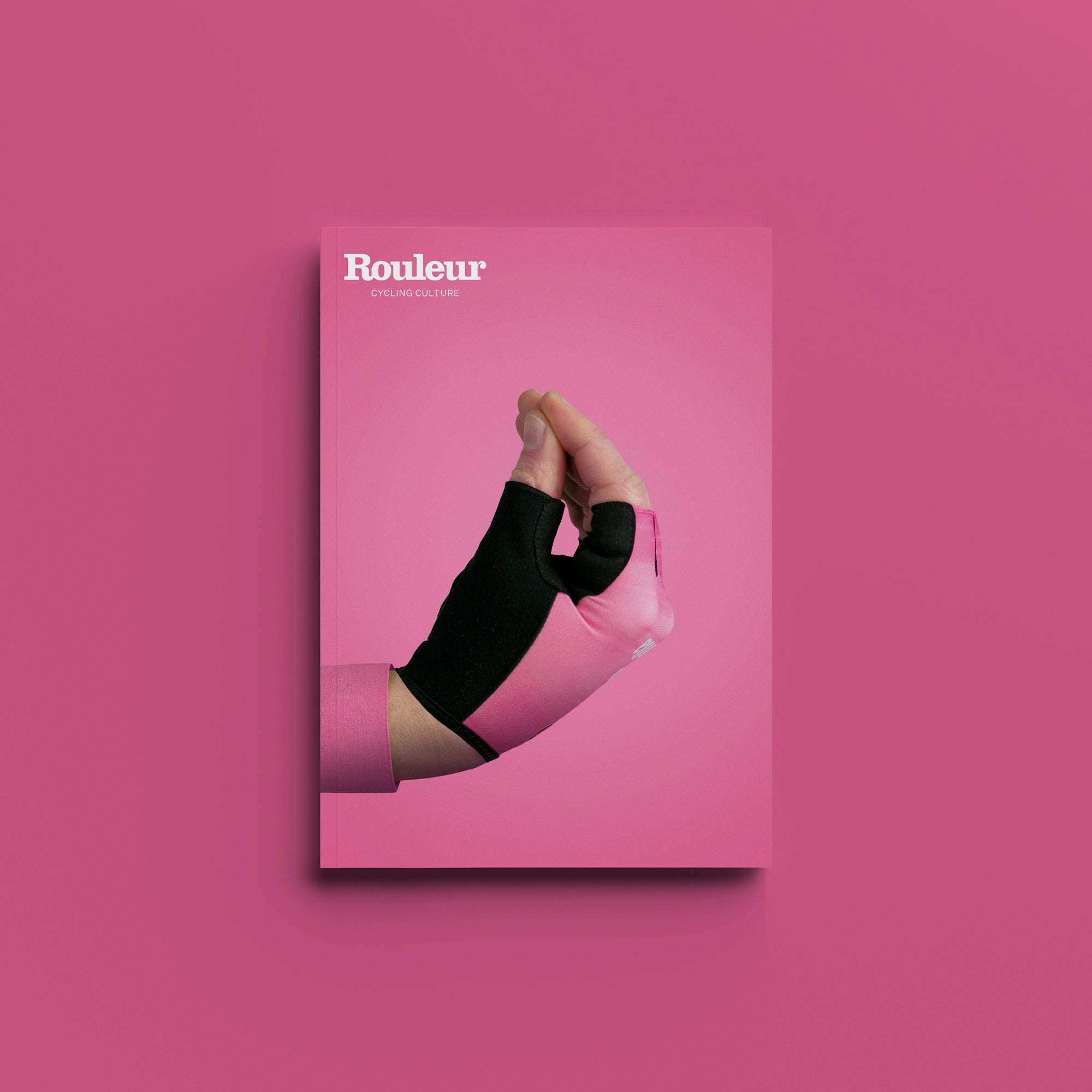A spate of crashes early in the 2017 Vuelta left a number of riders battered and blooded. Dimension Data rider Merhawi Kudus went down face first and appeared to amputate an eyebrow.
The face-plant so painfully executed by Miguel Ángel López in 2016 was matched and exceeded by his compatriot Carlos Betancur of Movistar, who appeared to have not just damaged his teeth but his lips, too, as well as breaking an ankle.
Not quite Assan Bazayev territory: at the Three Days of De Panne in 2010, you may remember, he managed to replace his nose with a hole in the middle of his face; urgent reconstructive surgery followed. Still, facial injuries are the splatter films of the medical world: bloody, horrifying and great box office. It is impossible not to be shocked by them.
Chute! A brief history of crash photography
Thankfully, cuts to the neck, millimetres from the jugular, like the one Alex Dowsett suffered from a flying chainring (still attached to a bike, in turn still attached to a rider) in a crash at the 2017 Tour of Poland, are rare. In fact, the more serious knocks often seem banal on first inspection: witness the bloodless ankle injury sustained by Max Schachmann at the same race, which turned out to involve a complex of fractures so serious that, in anyone unfortunate enough to lack immediate, world class medical support, it could have left permanent immobility.
Cycling’s attrition rate, literally and figuratively, is excruciatingly high. The list of characteristic injuries is long and familiar. Reading it, in males, causes the testicles to contract in sympathetic response (to female readers, I can only apologise for my ignorance of any physiological counterpart for this). Fractures to the collarbone, shoulder blade, elbow and wrist; scaphoid breaks; spinal damage, as shocks to the head travel down the body; facial lacerations, layers of skin removed, pinch injuries to the fingers and toes.
Read: Broken bones, healing hands – fixing the pro peloton in Herentals
Team doctors go to the Grand Tours in the absolute certainty that they will have to treat a selection of these ailments. Every time they get on a bike, the riders know that there is a chance that they will end their ride like Richie Porte on the Mont du Chat at this year’s Tour de France, and then endure weeks of discomfort. Remember former US champion Greg Daniel, walking around with a broken collarbone for nine months without even knowing, so accustomed was he to the ache?
The constant proximity to pain raises the question of what road racing actually is. Sports science yields a sanitised idea of cycling. So do the industries that depend on cycling (although, come to think of it, the helmet manufacturers are probably an exception). No one with a clear idea of the risks would go out wearing a four hundred pound jersey in alpaca and silk.
The bandying around of numbers giving oxygen absorption or W/kg or VAMs lends the misleading impression that cycling is, if not a pure measurement sport like weightlifting or the high jump, at least a pure endurance discipline, like rowing or distance running.
Read: Larry Warbasse blog -the lows and highs of La Vuelta
Some years ago I was visiting my friend Chepe González in Sogamoso, Colombia. I noted the grace of his young son Daniel, who was always crawling and climbing, never seeming to fall. He seemed to have gifts of movement.
I asked Chepe, “Could he have a future as a cyclist?”
“Daniel? No. When he bangs his head, he cries. Now, his cousin went over the bars on his tricycle and cut his forehead so badly that the skin was hanging over his eyes, and he didn’t cry. He could be a cyclist one day.”
Cycling history is full of tales of riders braving searing agonies in order to finish the race. Most recently, think of Geraint Thomas riding 20 stages of the 2013 Tour de France with a pelvis fracture, or Andrey Amador, who crashed after 30 kilometres of his first Tour in 2011, sustaining an almost unendurably painful ankle injury, then rode the entire race in last position or close to it.
These examples place cycling closer to sports of violence like boxing or full-contact martial arts, where pain is inevitable, or to motorbike racing, rugby, or mountaineering: not quite amputating your own hand in order to survive, but certainly losing wedges of flesh, or riding with broken bones in order to make the finish line.
A willingness to step into the ring or the void is anterior to any ability at all to impress in laboratory tests. So is the pain tolerance without which no child would get back on a bike after his first serious crash.
Pain encloses you inside yourself. It closes out others. It isolates. For riders in the predicament of Thomas or Amador, a Grand Tour must resemble a solo voyage around the world: an ordeal of sleepless agony, as psychological as it is physical, for which there are no numbers.
This column was first published in Rouleur 17.7, titled World of Pain
The post World of pain: facing up to the dangerous reality of racing bikes appeared first on The world's finest cycling magazine.
































